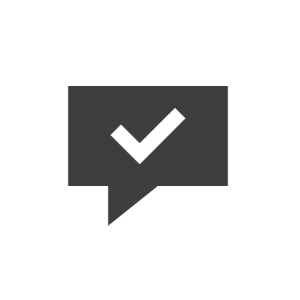I'm curious for anyone willing to share their experiences and insights
1. What percentage of your Kentico builds rely heavily on Widgets within the Page Builder? Would you say it's 90%+? 50%?
2. Is Widget-based editing now the default expectation for clients?
3. On average, how many widgets do your sites typically use? Trying to get a sense of what “normal” looks like across the community.
4. Do you believe this is now the standard expectation for editors and marketers?
5. How do you balance widget quantity with usability, do you aim for a lean set or go all-in? What criteria do you use to decide?
I'm putting together a "Why Kentico" presentation to support our continued use. I'm also hoping to validate that our approach reflects best practices and that others in the community have similar setups. (Or if I'm way off base and need to take a closer look at our own usage)









